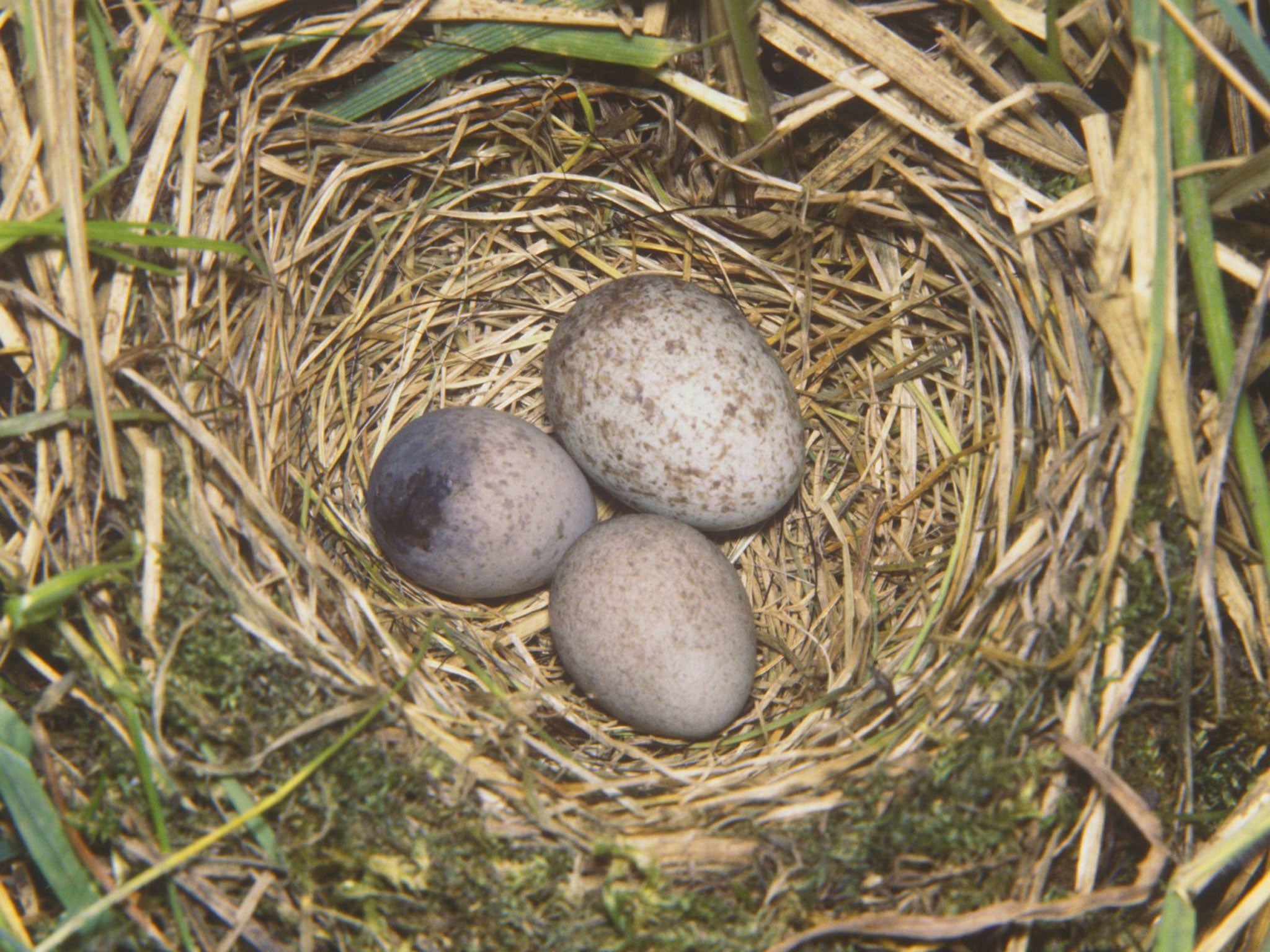The Most Perfect Thing: Inside (and Outside) A Bird's Egg by Tim Birkhead, book review
From shell to core, nature's exquisite incubators make for a fascinating study

Your support helps us to tell the story
From reproductive rights to climate change to Big Tech, The Independent is on the ground when the story is developing. Whether it's investigating the financials of Elon Musk's pro-Trump PAC or producing our latest documentary, 'The A Word', which shines a light on the American women fighting for reproductive rights, we know how important it is to parse out the facts from the messaging.
At such a critical moment in US history, we need reporters on the ground. Your donation allows us to keep sending journalists to speak to both sides of the story.
The Independent is trusted by Americans across the entire political spectrum. And unlike many other quality news outlets, we choose not to lock Americans out of our reporting and analysis with paywalls. We believe quality journalism should be available to everyone, paid for by those who can afford it.
Your support makes all the difference."If required on pain of death to name instantly the most perfect thing in the universe, I should risk my fate on a bird's egg," said 19th-century American abolitionist Thomas Wentworth Higginson. Tim Birkhead is convinced not only of their perfection but also that they contain the key to all kinds of knowledge – about nature, evolution and the origins of life itself.
In pursuit of understanding, he takes us on an epic journey, from the outer shell of an egg to its genetic core. From the palm swift that glues its eggs into its nest on the underside of a leaf, to the tiny goldcrest, which weighs the same as a level teaspoon of sugar and can only cover two or three of its clutch of 10 eggs at a time, yet incubates them successfully by turning them constantly with its self-heating legs, it is a voyage packed with astonishing details.
Like any good scientist, Professor Birkhead is concerned with two principal questions: how and why. How do birds manufacture their eggs and why do they choose the particular shapes and colours they do? One question leads to another: how, for instance, does the parasitic cuckoo finch match the markings on the eggs of its host the prinia bird in order to smuggle interlopers into its nest? And how, in turn, does the prinia engage in an adaptive arms race, altering the markings on its own eggs in order to better recognise its true offspring?
If this reviewer was "required on pain of death", like Higginson, to choose just two of the revelations contained within The Most Perfect Thing, it might be these: that "paint-guns" in the egg gland fire as the egg is turned internally in order to achieve the intricate tracery of lines known as "scrawl" or "pencilling" on the shell; and that tightly-packed eggs in a clutch, laid at different times, "talk" to each other through a series of clicks, controlling each other's rate of incubation to allow synchronised hatching.
Even an author with an encyclopaedic knowledge of the avian kingdom must have favourites. At first sight the guillemot seems a strange choice of bird to fall in love with, but Birkhead is by no means the first to have done so. Nesting in vast, crowded colonies on precipitous and shit-spattered ledges, this most social of species is an egg-artist par excellence, producing eggs not only of a mysterious, conical shape the explanation of which is still a "tantalising puzzle", but of "almost every possible colour and type of marking that one can find among all of the other 10,000 species of birds". They are good to eat, too. Historically, this has led to a high level of human predation, ranging from amateur egg enthusiasts to the "climmers" who swung out on ropes from the Yorkshire cliffs at Bempton to supply not only local tables but fanatical collectors.
Guillemots are not only important because of their eggs: they are "the avain mainstay of the marine ecosystem in the northern hemisphere", increasingly threatened by oil pollution and over-fishing. Birkhead has his own favoured "loomery" (an old word for a Guillemot colony) on the Welsh island of Skomer, where he has overseen the research programme for more than 30 years. In 2014, the same year violent storms killed 40,000 seabirds, funding for his research was cut. One can only hope this brilliant book will supercharge his crowd-funding efforts.
Bloomsbury, £16.99. Order at £14.99 inc. p&p from the Independent Bookshop
Join our commenting forum
Join thought-provoking conversations, follow other Independent readers and see their replies
Comments